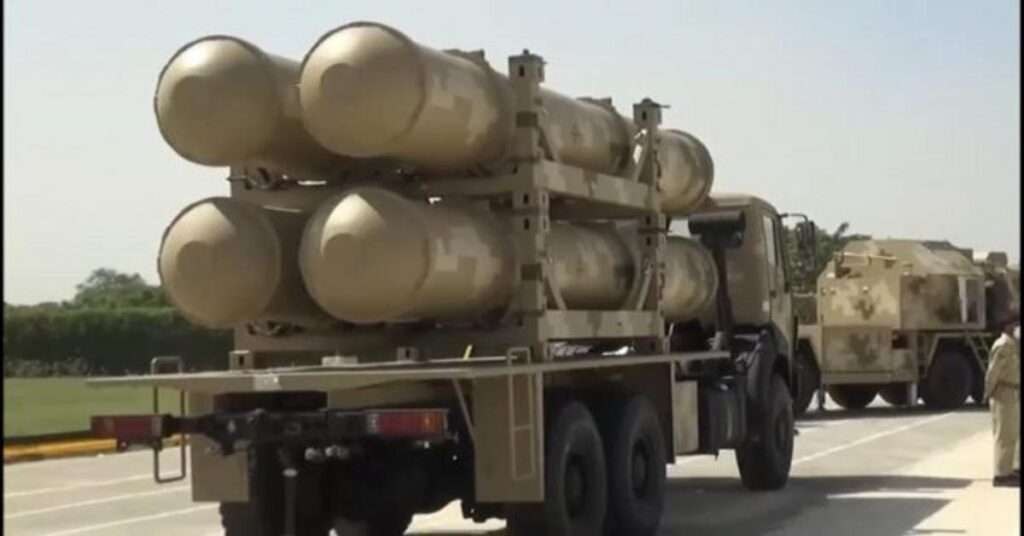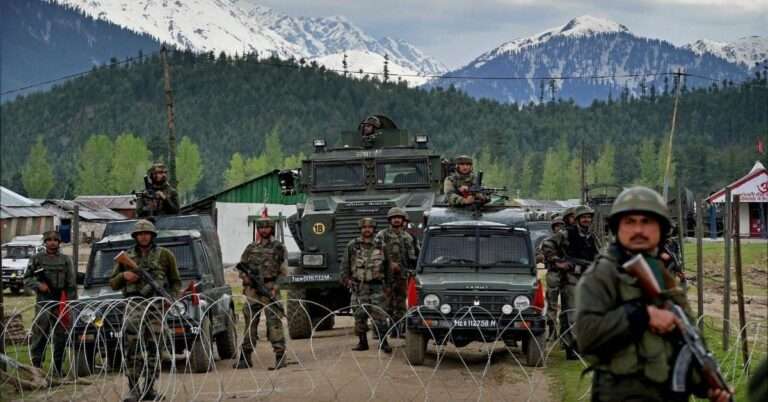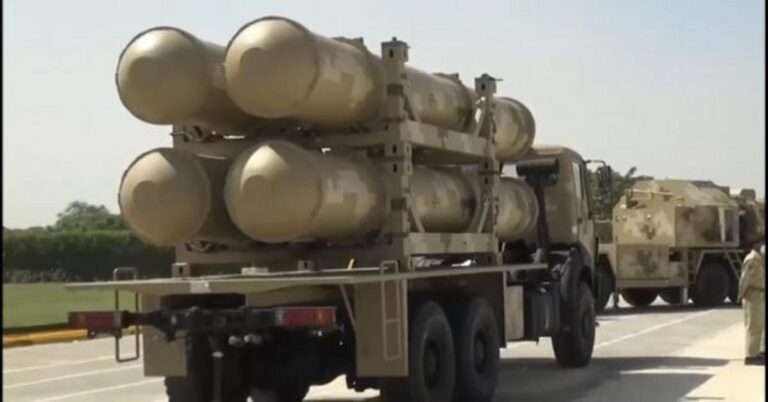
"S-400 vs HQ-9: The Decisive Battle for India-Pakistan Conflict"
The S-400 vs HQ-9: The Decisive Battle for India-Pakistan Conflict
When it comes to the complex world of military defense systems, the S-400 and HQ-9 are two heavyweights that could potentially decide the fate of an India-Pakistan conflict. These advanced missile systems have garnered attention for their cutting-edge technology and strategic capabilities.
Let’s delve into the world of these defense systems and explore how they could impact the balance of power in the region.
The S-400, developed by Russia, is one of the most advanced air defense systems in the world. It is known for its long-range detection capabilities and ability to engage multiple targets simultaneously. With a range of up to 400 kilometers, the S-400 poses a significant threat to any incoming aerial threats.
On the other hand, the HQ-9, also known as the FD-2000, is a Chinese-made surface-to-air missile system. Similar to the S-400, the HQ-9 boasts long-range capabilities and the ability to engage multiple targets at once. Its advanced radar system and missile technology make it a formidable adversary in any conflict scenario.
In a hypothetical scenario where India and Pakistan engage in a military conflict, the deployment of these defense systems could play a crucial role in shaping the outcome. The S-400’s ability to cover vast areas and intercept incoming threats could give India a significant advantage in defending its airspace.
On the flip side, Pakistan’s acquisition of the HQ-9 poses a direct challenge to India’s air defense capabilities. The HQ-9’s long-range missiles could potentially neutralize India’s aerial superiority and create a more level playing field in the event of a conflict.
So, how do these two defense systems stack up against each other in a head-to-head comparison?
The S-400’s advanced radar technology allows it to detect and track a wide range of targets, including aircraft, drones, and ballistic missiles. Its highly adaptive system can engage multiple threats simultaneously, making it a versatile asset in any combat situation.
On the other hand, the HQ-9’s advanced missile technology gives it a formidable edge in engaging aerial threats. With its long-range missiles and sophisticated guidance systems, the HQ-9 can effectively target and neutralize incoming threats with precision.
In the high-stakes game of military defense, every advantage counts. The decision to acquire these state-of-the-art defense systems could tip the scales in favor of one side over the other in a potential conflict between India and Pakistan.
As we navigate the complexities of the geopolitical landscape, it’s crucial to consider the implications of these advanced defense systems on regional security and stability. The strategic deployment of the S-400 and HQ-9 could have far-reaching consequences that extend beyond the borders of India and Pakistan.
In conclusion, the S-400 vs HQ-9 battle for supremacy in the India-Pakistan conflict is a critical one that could shape the course of regional security for years to come. The strategic decisions made regarding the deployment of these defense systems will have a significant impact on the balance of power in the region.
So, as we observe the developments in the India-Pakistan conflict, let’s keep a close eye on how the S-400 and HQ-9 factor into the equation and their potential impact on the outcome of any potential military engagement. The stakes are high, and the decisions made will reverberate across the region for years to come.




